Sancheong Medicinal Herb Festival (산청한방약초축제)
17.5Km 26047 2023-09-14
Maechon-ri, Sancheong-gun, Gyeongsangnam-do
+82-55-970-6601~5
The Sancheong Medicinal Herb Festival is held in September at Sancheong, home of Jirisan Mountain where over 1,000 medicinal herbs can be found. Jirisan Mountain is also famous as a place where notable physicians in the past researched and practiced medicine. The festival includes various exhibitions and events to learn about and experience Korea's medicinal herbs firsthand. Visitors can also enjoy traditional games and wear clothes from the Joseon dynasty.
Sancheong Museum of Herbal Medicine (산청 한의학박물관)
17.5Km 18969 2020-09-05
45-6, Donguibogam-ro 555beon-gil, Sancheong-gun, Gyeongsangnam-do
+82-55-970-7216
Sancheong Museum of Herbal Medicine is the first herbal medicine museum in Korea. The museum is located at the foot of Wangsan Mountain, where the two prominent doctors of the mid-Joseon dynasty (1394-1910), Ryu Ui-tae and his apprentice Heo Jun practiced Korean herbal medicine. As a medicine-themed tourist park, it offers visitors a variety of health-related experiences. It is growing into a popular tourist attraction in the area with a wide range of recreational facilities including the Museum of Herbal Medicine, a medicinal herb garden, medicinal herb forest park, accommodations, herbal medicine facilities, shops, and more.
Jirisan National Park (Hadong Section) (지리산국립공원(하동))
17.7Km 24078 2021-06-24
Hwagae-ro, Hadong-gun, Gyeongsangnam-do
+82-55-883-1750
Designated as the first national park in Korea on December 29, 1967, Jirisan National Park stretches out over 483.022 square kilometers, making it the largest national park among all 22 national parks. It covers Korea’s three southernmost provinces; Gyeongsangnam-do, Jeollanam-do, and Jeollabuk-do, one city, four counties, and 15 districts of eup and myeon. The area in Gyeongsangnam-do has many temples including Ssanggyesa Temple and Chilbulsa Temple, as well as valleys, falls, and other tourism resources.
Gurye Sansuyu Festival (구례산수유꽃축제)
18.2Km 42473 2024-02-27
45 Sanggwan 1-gil, Gurye-gun, Jeollanam-do
+82-10-2079-4546
Gurye Sansuyu Festival is an annual spring flower festival. Major programs include exhibition of local products made from sansuyu (cornus fruit), while other programs include traditional music and dance performances, experience programs, and fireworks.
Hadong Wild Tea Cultural Festival (하동 야생차문화축제)
18.2Km 25614 2023-05-17
571-25, Ssanggye-ro, Hadong-gun, Gyeongsangnam-do
• 1330 Travel Hotline: +82-2-1330 (Korean, English, Japanese, Chinese) • For more info: +82-55-880-2052~4
Hadong Wild Tea Cultural Festival is held every May in Hadong, where tea cultivation started approximately one thousand years ago. Grown in an area with the perfect conditions for tea cultivation, the green tea from Hadong was called “the King’s green tea.” Hadong Wild Tea Cultural Festival offers visitors various exhibitions and programs with high-quality teas.
Hamyang Daebong Mountain Valley Resort (함양대봉산휴양밸리)
18.3Km 0 2024-02-21
331 Byeonggokjigok-ro, Byeonggok-myeon, Hamyang-gun, Gyeongsangnam-do
Hamyang Daebong Mountain Valley Resort is a recreation and tourism complex at the foot of Daebongsan Mountain in Hamyang. This resort boasts an array of attractions, including a mountain monorail and a zipline, offering exhilirating experiences amidst natural beauty. Addtionally, guests can enjoy various accommodation and and camping facilities, along with a forest park, blending adventure and relaxation seamlessly. The zipline itself, positioned 1,200 meters above sea level, spans an impressive length of 3.27 kilometers, providing an unforgettable aerial journey over the landscape.
Gurye Yeongoksa Temple (연곡사 (구례))
18.5Km 26862 2021-02-09
774, Piagol-ro, Gurye-gun, Jeollanam-do
+82-61-782-7412
Yeongoksa Temple is located in Naedong-ri, Gurye-gun and was constructed in 543 by Yeongi, a high Buddhist monk, who also helped create Hwaeomsa Temple. The temple was destroyed during the Imjin War (1592-1598) and the Korean War. In spite of the damage, the temple has continued to house two national treasures and four treasures. Starting from March 1, 1981 with the original Beopdang Hall, the temple began to be rebuilt due to the efforts of the leading monk at the time, Chang Sungbu.
Acording to legend, Yeongi discovered a pond in the current sanctuary area when reading about the land's topography. While he was looking at the middle of the pond, one swallow flew from a whirlpool. After that, the pond began to dry up and the place was then used for the temple. As such, the name Yeongok refers to the phenomenon of "Yeon," a swallow, and "Gok," a valley. There is a memorial plaque for Go Gwang-sun, a patriotic leader who fought against Japanese power during the Japanese colonization period while taking shelter at Yeongoksa Temple
Nogodan Guesthose (노고단 게스트하우스&호텔)
19.1Km 1001 2024-08-01
40 , Hagwan 1-gil, Gurye-gun, Jeollanam-do
+82-61-782-1507
Nogodan Guesthouse & Hotel is located in Gwansan-ri, Gurye-gun, Jeollanam-do, and is popular with weekend trippers and family vacationers visiting Jirisan National Park. Local hot spring water (high in traces of germanium) is provided in all rooms, so residents can relieve their fatigue in a hot spring bath after hiking; while from the hotel’s rooftop garden residents can enjoy fine views of Jirisan Mountain. A shuttle service to Nogodan, where the Jirisan trail starts, costs 20,000 won per person for the round trip. And at the 1st floor Buen Camino Restaurant & Pub l you can enjoy Jirisan black pork barbecue, Jirisan zucchini pancake, and seasonal vegetable side dishes.
Namgyeseowon Confucian Academy [UNESCO World Heritage] (남계서원 [유네스코 세계문화유산])
19.8Km 33368 2024-01-08
8-11 Namgyeseowon-gil, Sudong-myeon, Hamyang-gun, Gyeongsangnam-do
Namgyeseowon Confucian Academy was established in 1552 as the second Confucian academy in Korea after the Sosuseowon Confucian Academy located in Yeongju, Gyeongsangbuk-do. Seowon refers to a private educational institution of the Joseon period founded to perform Confucian rituals and nurture talent. “Namgye” is named after the Namgyecheon Stream flowing in its front. It was destroyed by in 1597 during the Imjin War (1592-1598) and rebuilt in 1612. Located on a low hill, it provides an open view of Gaepyeong Hanok Village beyond the field and the stream.
Hadong Ssanggyesa Temple (쌍계사(하동))
19.9Km 37157 2024-03-08
59 Ssanggyesa-gil, Hadong-gun, Gyeongsangnam-do
Ssanggyesa Temple was founded on the southern foothills of Jirisan Mountain in 722 during the reign of Silla King Seongdeok. The temple is famous for the 6-kilometer stretch of cherry blossom trees that bloom each spring. The temple was originally called Okcheonsa Temple, but was changed to the current Ssanggyesa Temple in 887. The current temple buildings were all built in 1632, after having been burned down during the Imjin War (1592-1598). The temple grounds and nearby area feature many historic and beautiful attractions, including Burilpokpo Falls and a large tea plantation.
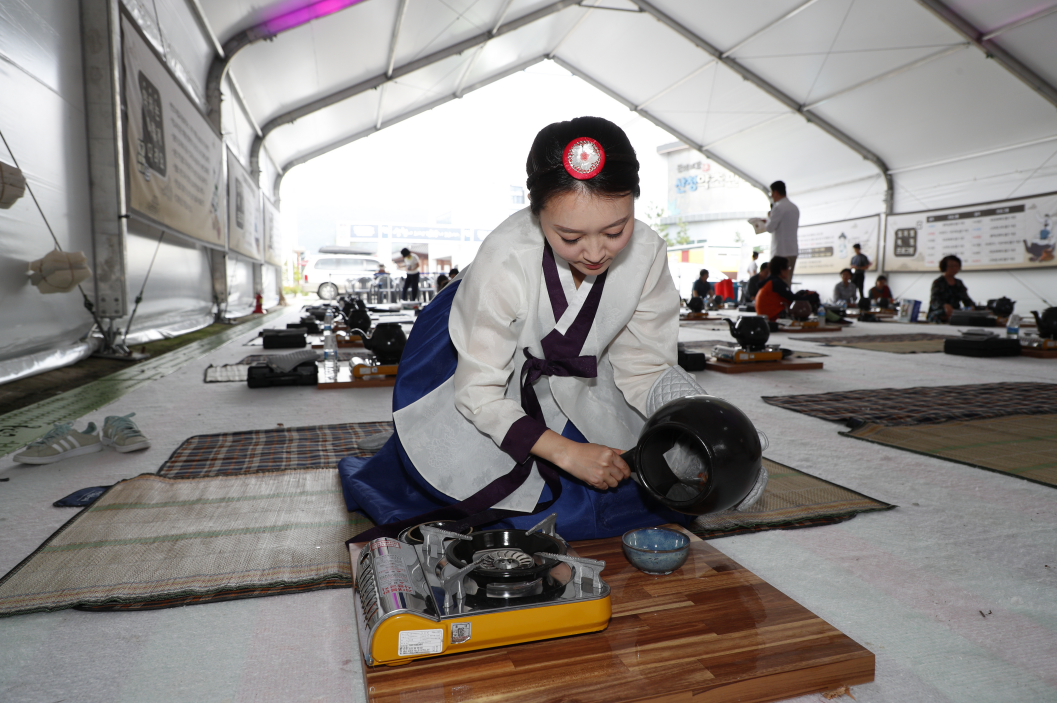
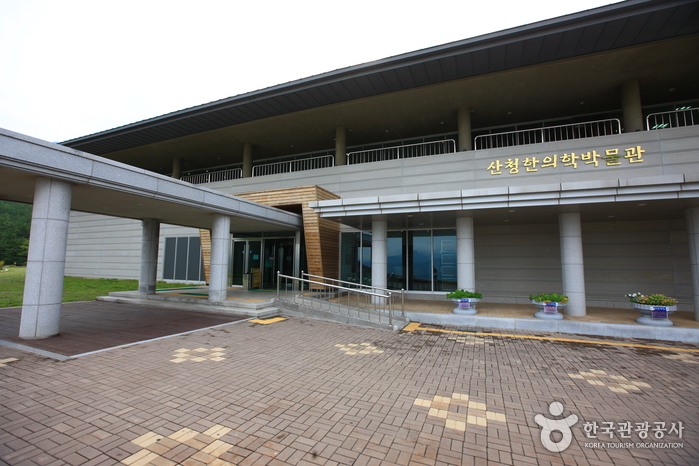
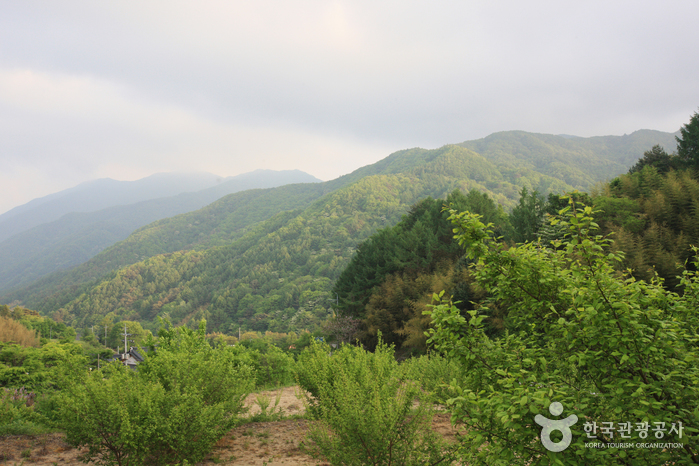
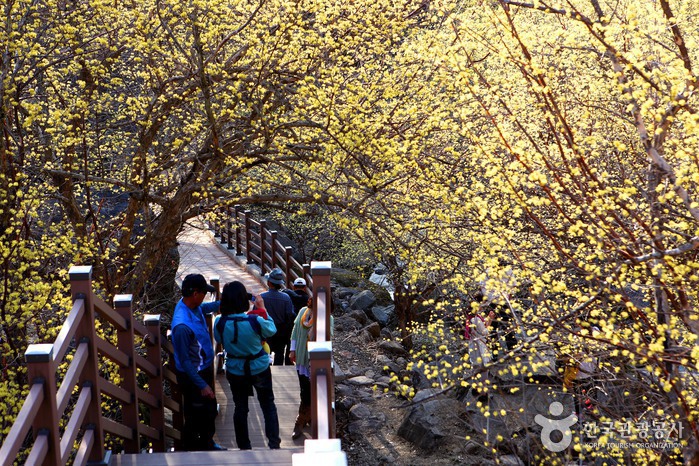
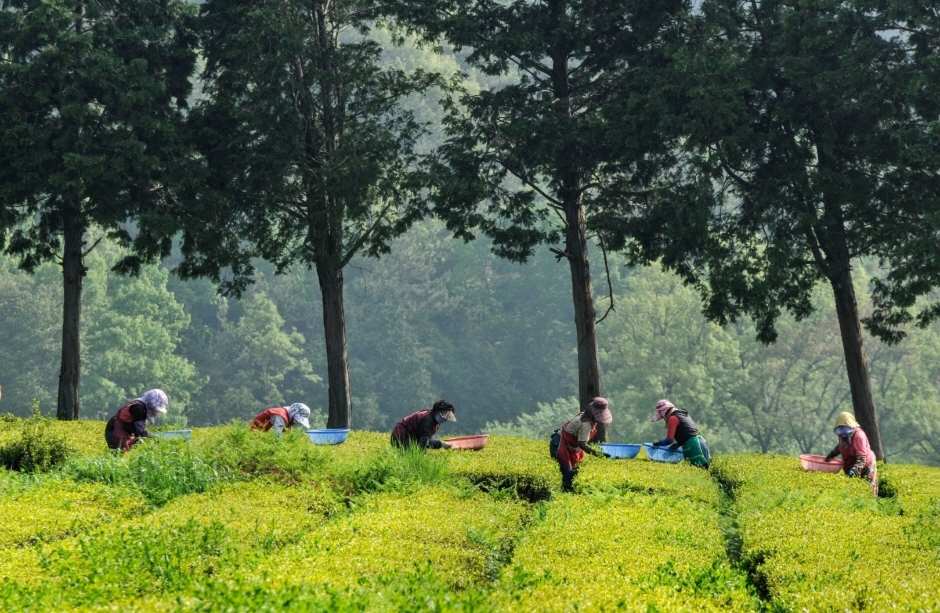
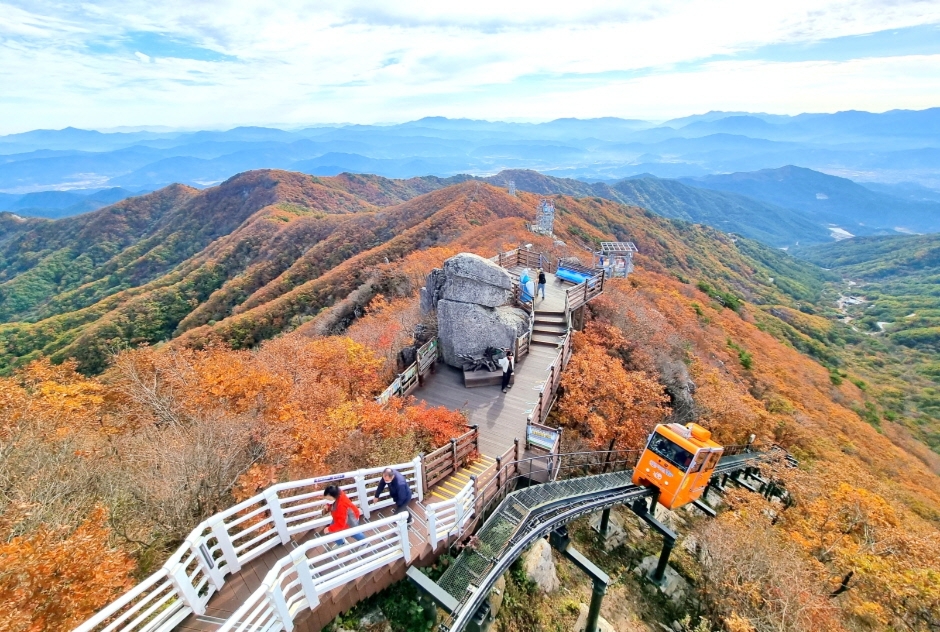
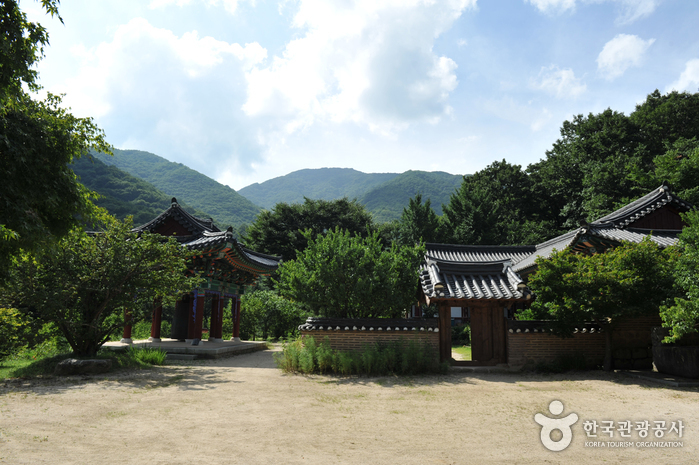
![Namgyeseowon Confucian Academy [UNESCO World Heritage] (남계서원 [유네스코 세계문화유산])](http://tong.visitkorea.or.kr/cms/resource/63/2996963_image2_1.jpg)
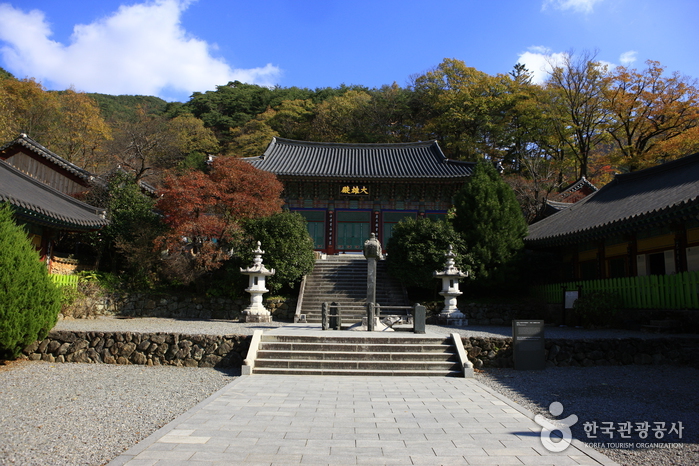
 English
English
 한국어
한국어 日本語
日本語 中文(简体)
中文(简体) Deutsch
Deutsch Français
Français Español
Español Русский
Русский